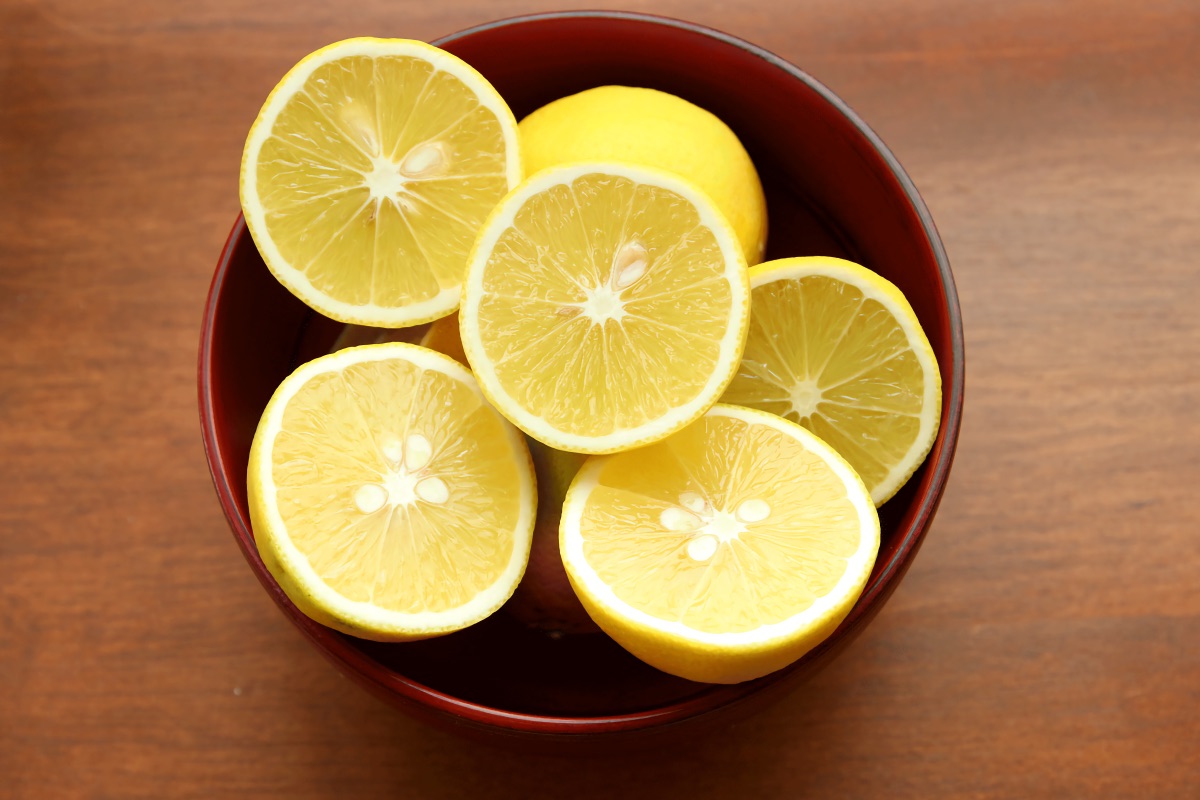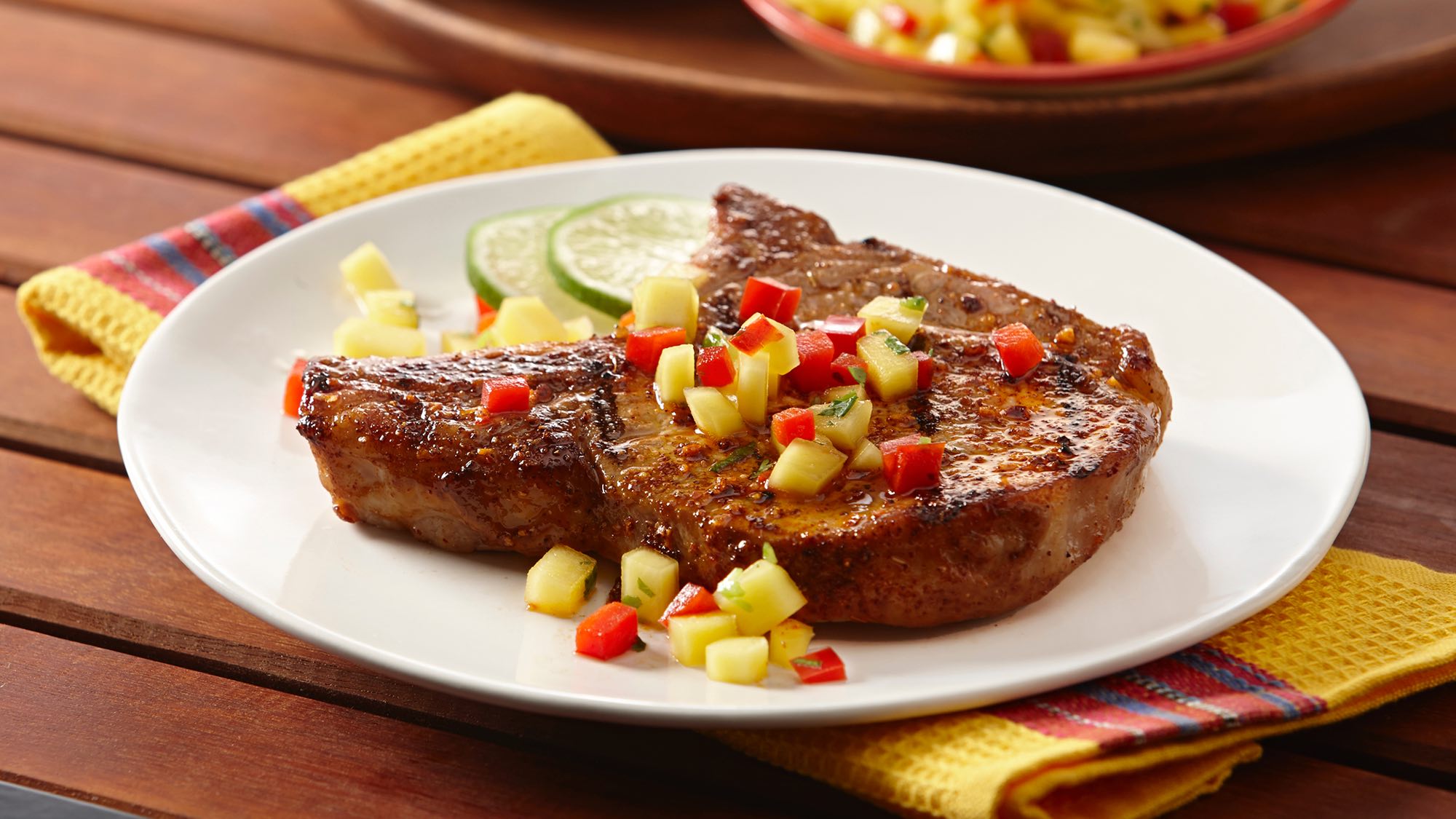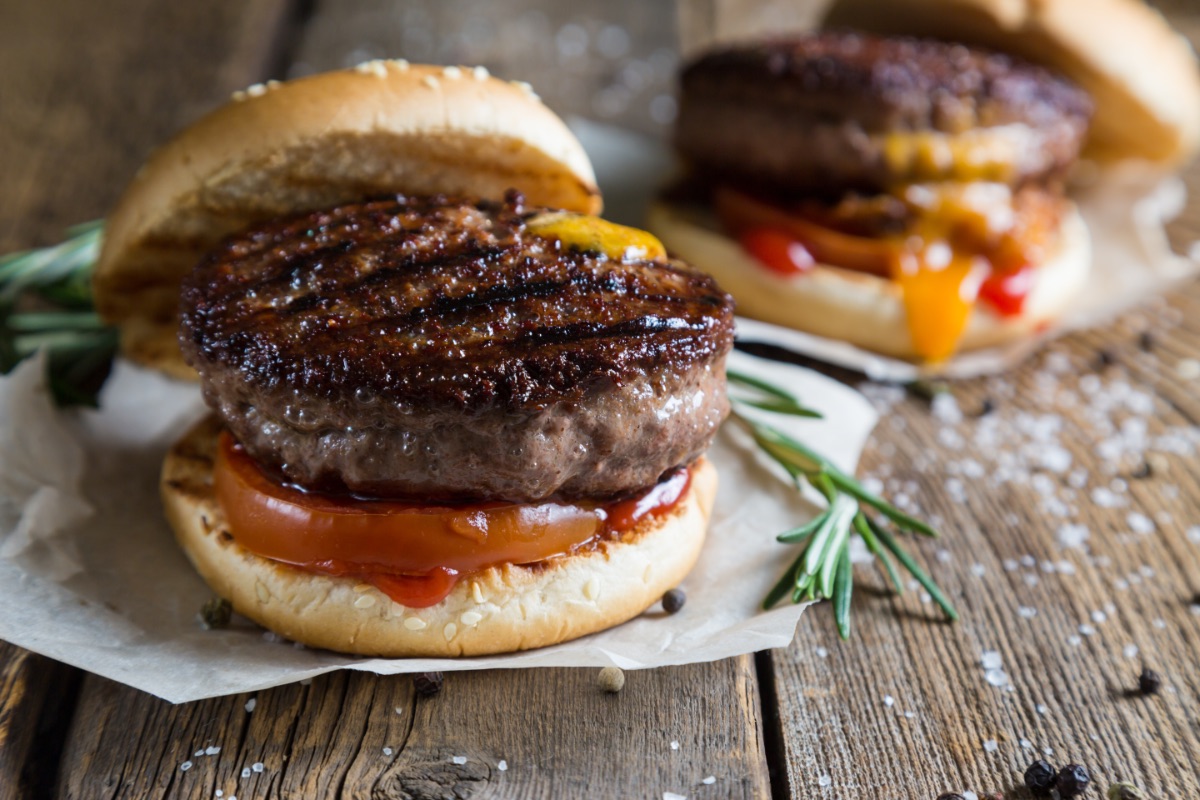Tuna may be the most popular canned fish on the market, but its image is firmly associated with school lunches and the occasional diner melt. Canned salmon, on the other hand, has the ability to rise above its station, and dazzle and delight even in fancy situations. You just have to treat it with a little bit of respect.
Welcome to Cheap Chow week! Food is more expensive than ever, and it may seem like your only cost-effective options are fast food or instant ramen. But it doesn’t have to be that way. This week we’ll be showing you how to buy, cook, and eat food in a fiscally effective manner, without sacrificing fun or flavor.
There are two ways I like to serve canned salmon; one I’ve been eating since childhood, the other since my early twenties. Both are exceedingly easy (and inexpensive) to throw together.
Salmon Croquettes
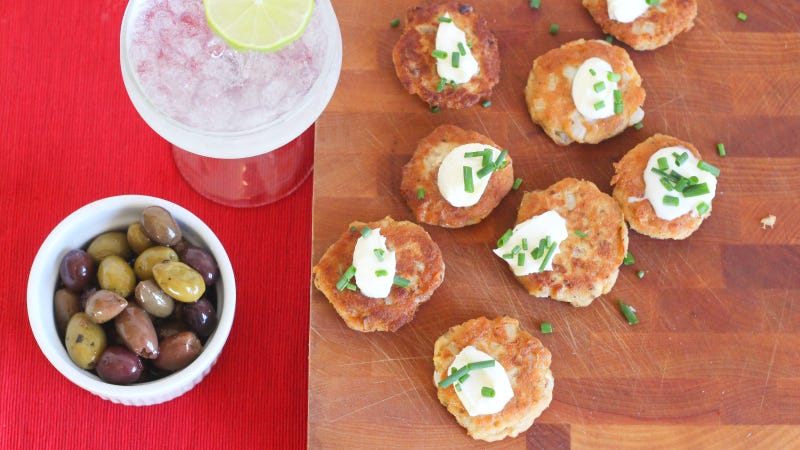
My grandmother has been making these for as long as I can remember, usually serving them with cornbread and sliced tomatoes, and they’re one of my favorite summer suppers. Growing up with limited means in northern Mississippi made my grandmother into a canned food wizard, but I was still low-key shocked when she revealed her extremely simple method for making these things. “It’s a can of salmon, an egg, and as much onion as you want,” she explained, adhering to her lifelong philosophy of never measuring a damned thing. “Add enough flour until you get the consistency you want, and then fry the patties in bacon grease.” (If these instructions are not Grandmother Jewel’s entire culinary worldview distilled into two sentences, I do not know what is.)
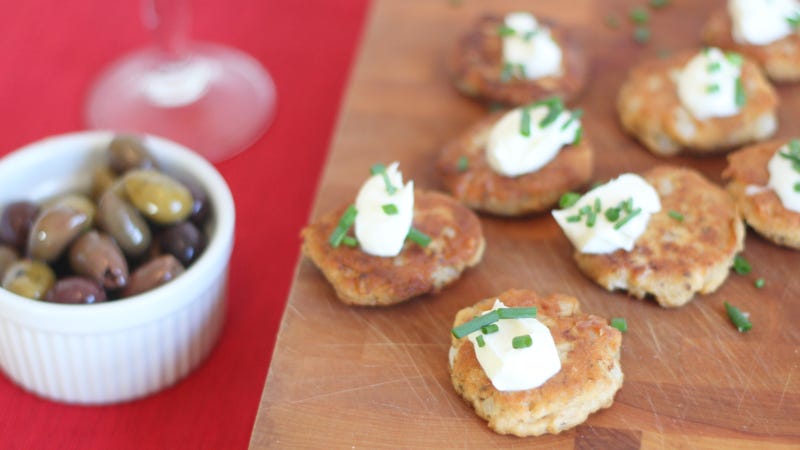
Vague as those instructions may be, I had watched her make these enough times to know which consistency she was talking about, so I was able to come up with a more formalized recipe. I didn’t mess with it too much, and only added a little seasoning to jazz them up ever so slightly. I also made them mini, because mini food always reads as fun and fancy. To make them, you will need:
- 1 5-ish-ounce can pink salmon
- 1/4 sweet onion, diced fine
- 1 egg
- 1 tablespoon + 1 teaspoon all purpose flour
- 1/2 teaspoon of salt
- 1/2 teaspoon garlic powder
- 1/2 teaspoon yellow mustard
- Pepper to taste
- Bacon grease or your favorite cooking oil (Use bacon grease for the authentic Grandmother Jewel experience.)
Drain the salmon and remove any errant bits of bone or skin. Add everything to a bowl, and mix thoroughly. Heat the grease in a nonstick pan over medium-high heat until it starts to shimmer, then form the salmon mixture into little patties and fry them for a couple of minutes on each side, until they are nice and golden brown. Let them cool for a few minutes on paper towels, and serve with a dollop or sour cream (or creme fraiche) with chopped chives if you are so inclined.
Salmon Spread

Is this just just glorified canned fish salad on a cracker? Yes, but it’s a very tasty sampling of the genre, and everyone likes a good spread. This ish is as easy to make as the tuna salad of your youth, but it should be eaten on fancy crackers, rather than Wonder Bread. (Actually, forget I said that; it would own as a tea sandwich, crusts removed.) To make it, you will need:
- 1 5-ish-ounce can pink salmon
- 1/2 large shallot, finely diced
- 1 teaspoon olive oil
- 1 teaspoon vermouth
- 2 tablespoons creme fraiche (or sour cream, or labneh for slightly different takes)
- 2 tablespoons mayonnaise
- The juice of 1/4 of a small lemon
- 1 tablespoon chopped chives
- 1/4 teaspoon salt
Drain the salmon and remove any bits of skin or bone and place it in a bowl. Sauté the shallot in the olive oil over medium heat until translucent. Add the vermouth to the pan and let it reduce for about half a minute. Let the vermouth-enhanced shallots cool, then add them to the salmon, along with the rest of the ingredients. Gently stir everything to incorporate, then chill for an hour in the fridge before serving on your finest water crackers, in little endive cups, or in a really excellent tea sandwich. (Oh, and if you want to take it in a smoky direction, just add a drop or two of our friend liquid smoke. It’s cheating, but it’s the good kind of cheating.)
This article was written by Claire Lower on Skillet and shared by Claire Lower to Lifehacker from Lifehacker and was legally licensed through the NewsCred publisher network. Please direct all licensing questions to legal@newscred.com.



